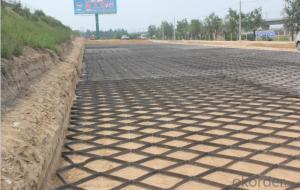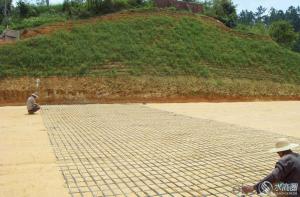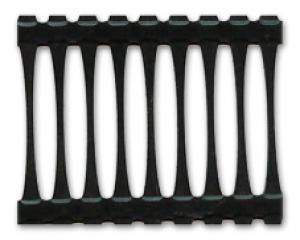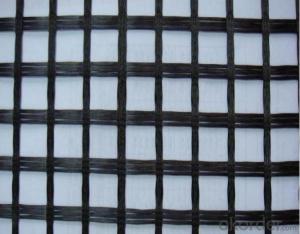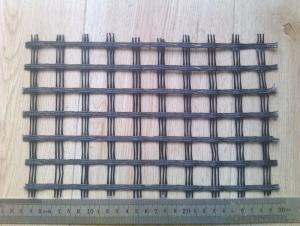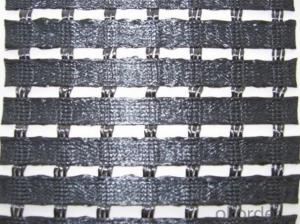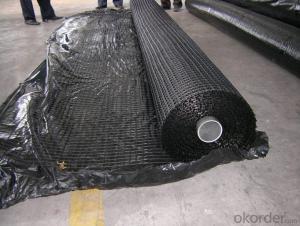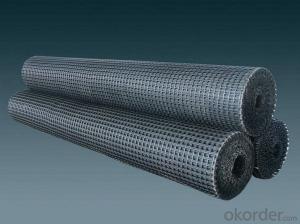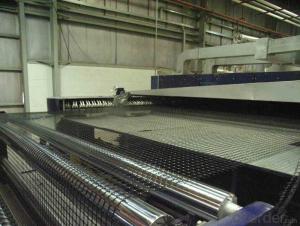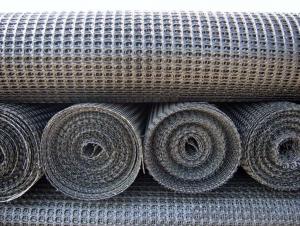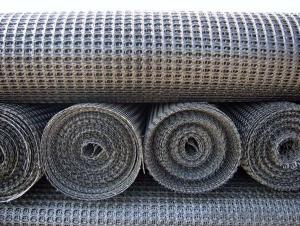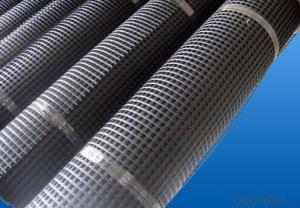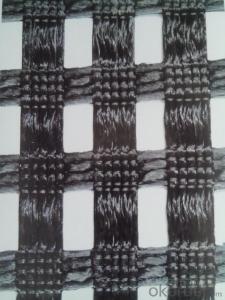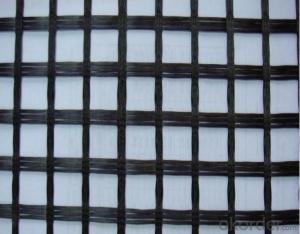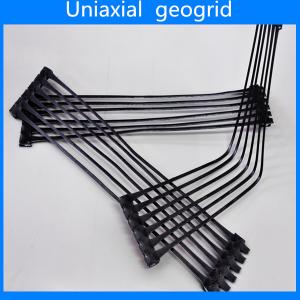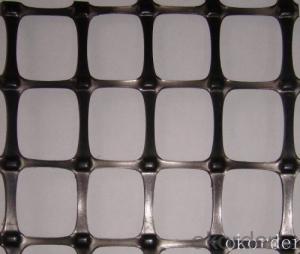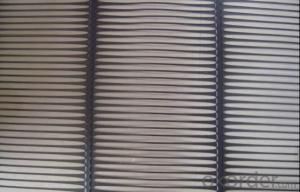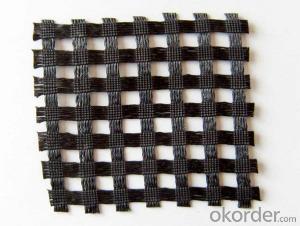Asphalt Geogrid
Asphalt Geogrid Related Searches
Geogrid Asphalt Reinforcement Geogrid Parking Geogrid Pavement Geogrid Paving Gravel Geogrid Geogrid For Roads Geogrid For Gravel Roads Grass Geogrid Basalt Geogrid Multiaxial Geogrid Geogrid Machine Geogrid For Driveways Alliance Geogrid Geogrid Walls Road Base Geogrid Geogrid Parking Lot Multi Axial Geogrid Bidirectional Geogrid Ace Geogrid Ads Geogrid Geogrid Australia Geogrid For Road Construction Geogrid Road Base Landscaping Geogrid Geogrid Road Geogrid Gravel Geogrid Layer Geogrid Tbl Geogrid Grass Geogrid MapsAsphalt Geogrid Supplier & Manufacturer from China
Asphalt Geogrid is a high-performance geosynthetic material designed to enhance the structural integrity and stability of asphalt pavements. These grids are made from high-strength polymers and are engineered to distribute stress evenly across the pavement, reducing the likelihood of cracks and potholes. By incorporating Asphalt Geogrid into road construction projects, contractors can extend the lifespan of the pavement and improve its overall performance.The usage of Asphalt Geogrid is particularly beneficial in scenarios where heavy traffic or extreme weather conditions are prevalent. It is widely used in road construction, airport runways, and parking lots to provide additional strength and durability to the asphalt layers. By reinforcing the underlying soil and preventing the formation of reflective cracks, Asphalt Geogrid plays a crucial role in maintaining the structural integrity of the pavement.
Okorder.com is a leading wholesale supplier of Asphalt Geogrid, offering a vast inventory of this essential construction material. With a commitment to quality and customer satisfaction, Okorder.com ensures that contractors and construction companies have access to the highest quality Asphalt Geogrid products at competitive prices.
Hot Products
